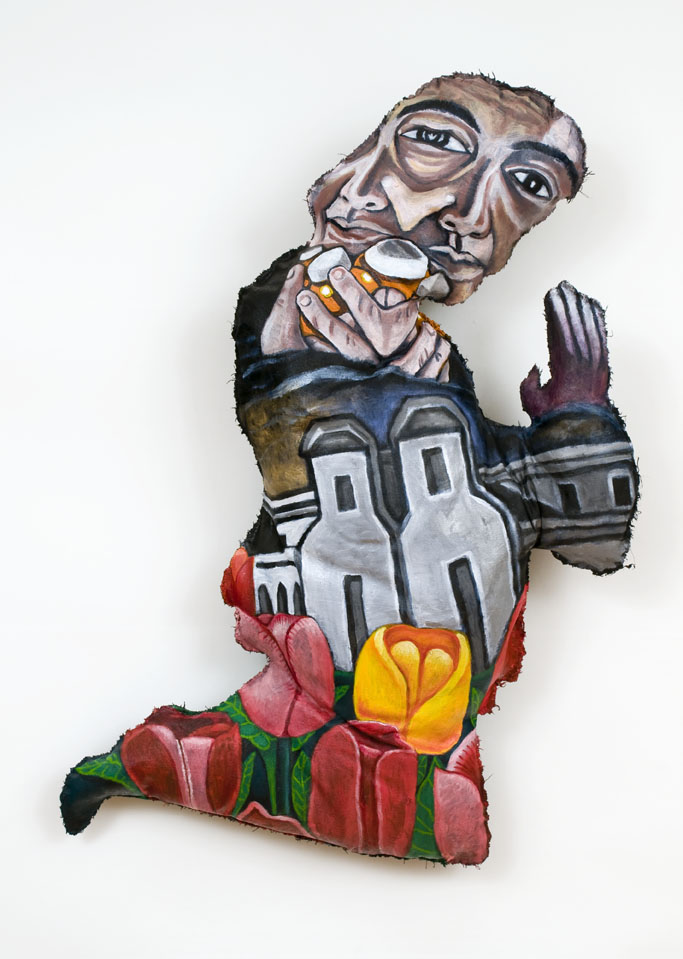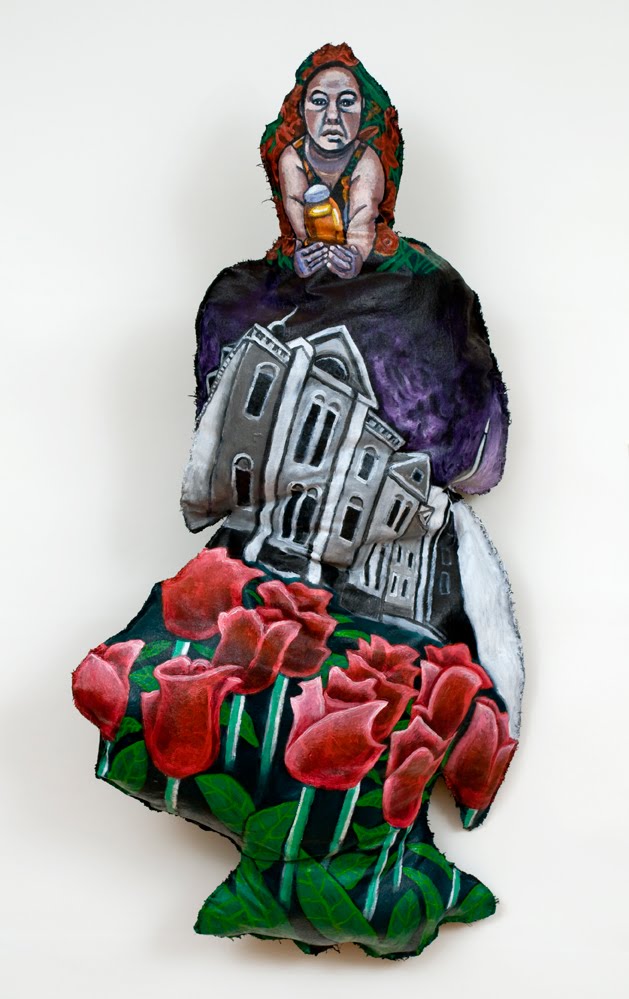 |
| After the Fall, H.Hunter ©2007 |
Last night was the third meeting of our young adult bereavement group. It's an evening where we spend time thinking, talking and drawing out how grief manifests in our bodies. It is one of the most fascinating and potentially powerful nights of the group.
It's typical after the death of someone you love to experience a variety of physical symptoms; lethargy, stomach aches, headaches, exhaustion, lack of appetite, sleeplessness, the list goes on. For me, a particularly powerful moment is when I pass out a list of words, "feeling words", we call them and I ask group members to circle all the words that apply for them at the time. I caution them that many of the feelings may be contradictory and that's o.k.
This circling of the words is a cognitive exercise--it's not too hard, the words are provided, they just have to circle them. Then we take it a step further. I ask them to mark the 4 or 5 strongest feelings. That takes some consideration, but it's somewhat of a relief to circle them. Putting words to feelings makes them more concrete, less nebulous. I take it one step deeper then, handing them a page with an body outline drawn on it, asking them to chose a color to correspond with each of the feelings--as if they were making the key of a map. Here's where it picks up emotional speed.
After people have selected colors for their feelings, I begin to explain what a metaphor is and how we can use symbols to express feelings. Everyone knows about butterflies in the stomach, how a headache can feel like a hammer and how a heart can be broken. With these simple suggestions, the group takes off.
I never cease to be amazed by the variety of symbols that people come up with; locks on mouths, fire streaming red and hot from out of a pair of hands, gray clouds that encompass the whole body. I become silent in the face of these symbols, which open up doors soundlessly so that people can speak about their grief in a way that would not otherwise be possible.
I have a tendency to want to talk and help. Drawing does the work instead.
"The body weeps the tears the eyes refuse to shed." William Osler










